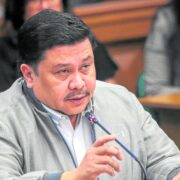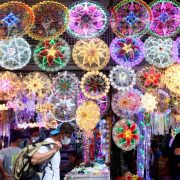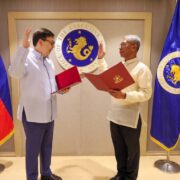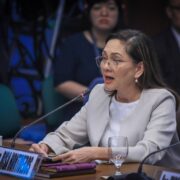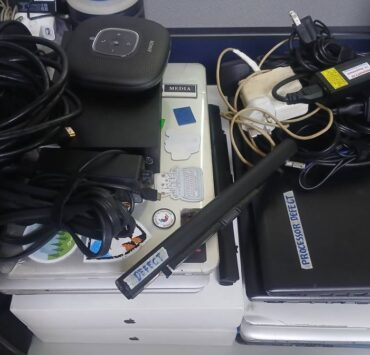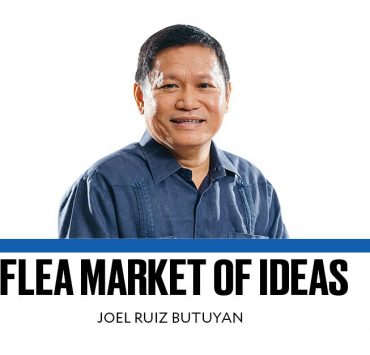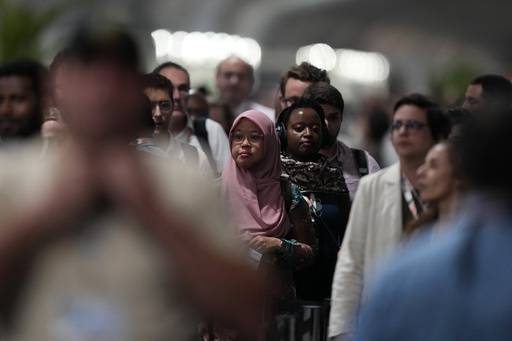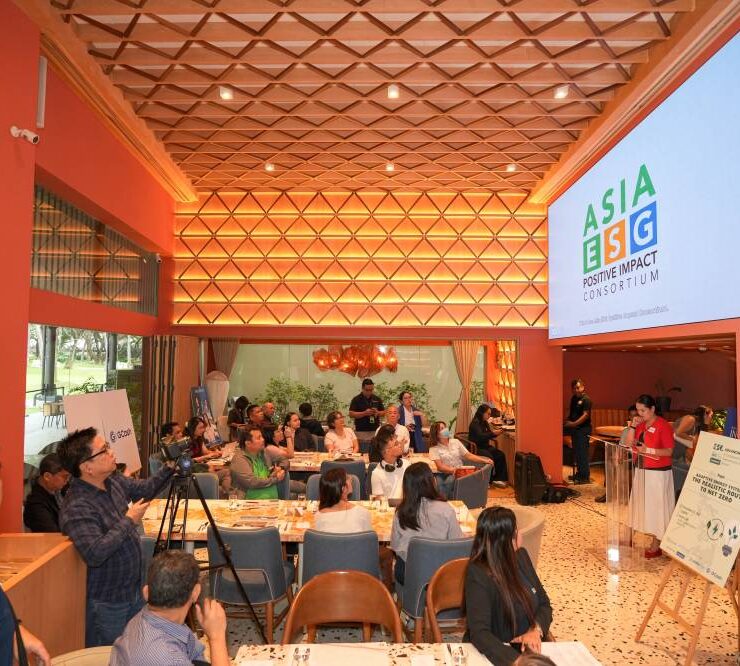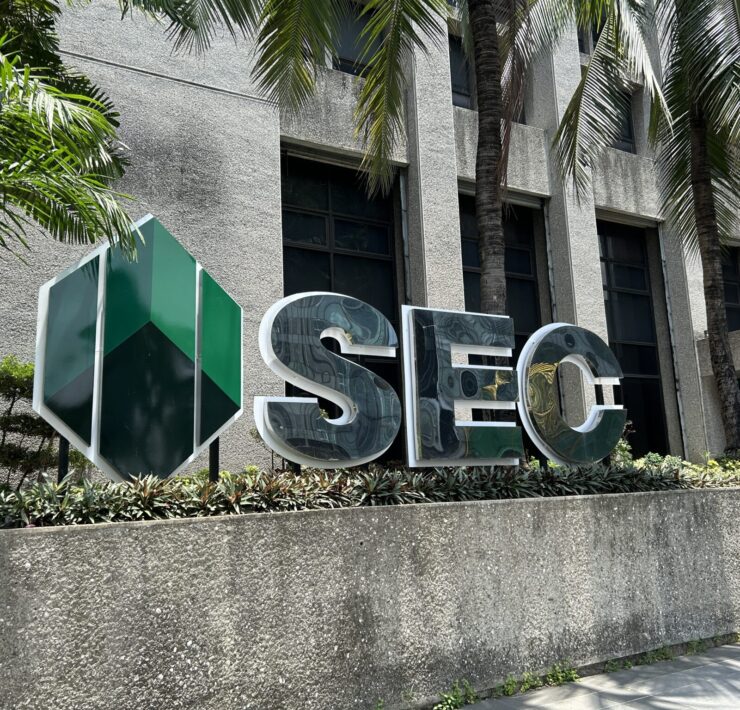Slow down on fast fashion
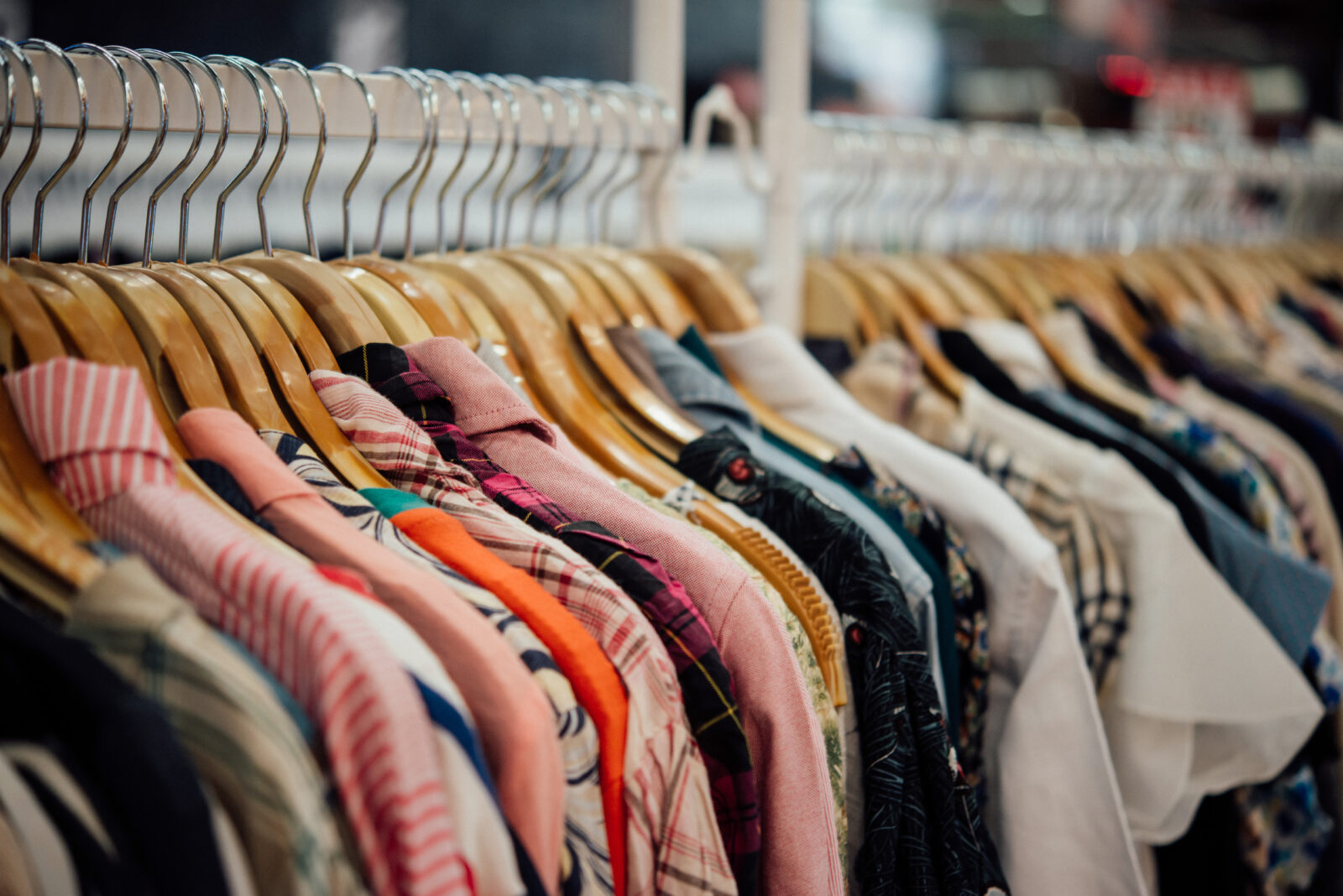
“Add to Cart”: It’s become a very familiar phrase these days. With online shopping apps offering daily discounts and free shipping, scoring a trendy new outfit has never been easier or cheaper.
However, behind the thrill of slashed prices and the dopamine rush of a checkout confirmation lies a less glamorous reality: the escalating culture of overconsumption.
In the Philippines, fashion is no longer just about self-expression. It has become a cycle of constant buying and rapid discarding. According to a study in 2022, nearly one in three Filipinos throw away clothing after a single wear. For millennials, the desire to stay on-trend fuels a shopping habit where more than half of their wardrobe is made up of purchases from just the past year.
This fast-paced fashion might look good on our Facebook and Instagram accounts, but offscreen, it’s leaving a trail of waste. As new outfits fill our closets, old ones are tossed out just as fast and often end up in landfills. What was once seasonal shopping has turned into a near-daily habit, and the environmental price tag is becoming harder and harder to ignore.
Globally, the fashion industry is one of the worst climate change offenders, responsible for up to 10 percent of carbon emissions and 20 percent of wastewater. According to the UK’s Environmental Audit Committee, it emits more greenhouse gases than all international flights and shipping combined.
Zooming back into the local context, our waste systems are already overwhelmed with piles of unsold clothes and textile wastes. With each passing day, we need to rethink our shopping habits, or we’ll be stitching a future our planet can’t sustain.
But all is not lost in the whirlwind world of fast fashion. Across the Philippines, a quiet but powerful movement is threading together more sustainable ways to dress. From upcycling initiatives to slow fashion labels and thrift culture, local efforts are challenging the culture of overconsumption and breathing new life into discarded threads.
Wearable art
Upcycling, an eco-conscious practice of creatively reworking unwanted garments and textile by-products into new, stylish pieces, is gaining ground. This practice doesn’t just reduce waste; it saves up to 25-50 percent of unused garments from ending up in landfills, proving that fashion can be both responsible and remarkable. Philippine social enterprises are transforming preproduction deadstock and unused fabrics into high-quality, wearable art.
One such social enterprise is Rags2Riches, a local fashion brand that combines sustainability and style by empowering local artisans to design clothes and bags using overstock materials, upcycled textiles, and indigenous fabrics that might have otherwise ended up thrown away.
Upcycling isn’t just the domain of social enterprises. Local governments are also recognizing its potential as a key part of zero-waste initiatives. An example is the Provincial Natural Resources and Environment Office (PNREO) of Quirino province, which launched the one-time “Be-TOTE-ful” tote bag-making contest. This creative project not only spotlighted the value of textile waste but also opened doors for waste workers and textile upcyclers to explore eco-conscious business opportunities.
In the Philippines, upcycling is steadily weaving its way into the mainstream, not just as a trend, but as a movement that blends creativity, sustainability, and social impact. From grassroots artisans to local governments and homegrown brands, more Filipinos are embracing the power of turning discarded fabrics into purposeful fashion statements. It is a reminder that style doesn’t have to be wasteful to be beautiful. After all, the most fashionable choice isn’t just about looking good, it’s also about feeling good, knowing that what we wear reflects not only our taste, but also our care for the planet and the people who live on it.
Vince Manglicmot is with Circularity Club 22, an accredited student organization at the Asian Institute of Management that aims to spread awareness about the circular economy among business and management professionals through workshops and seminars.






